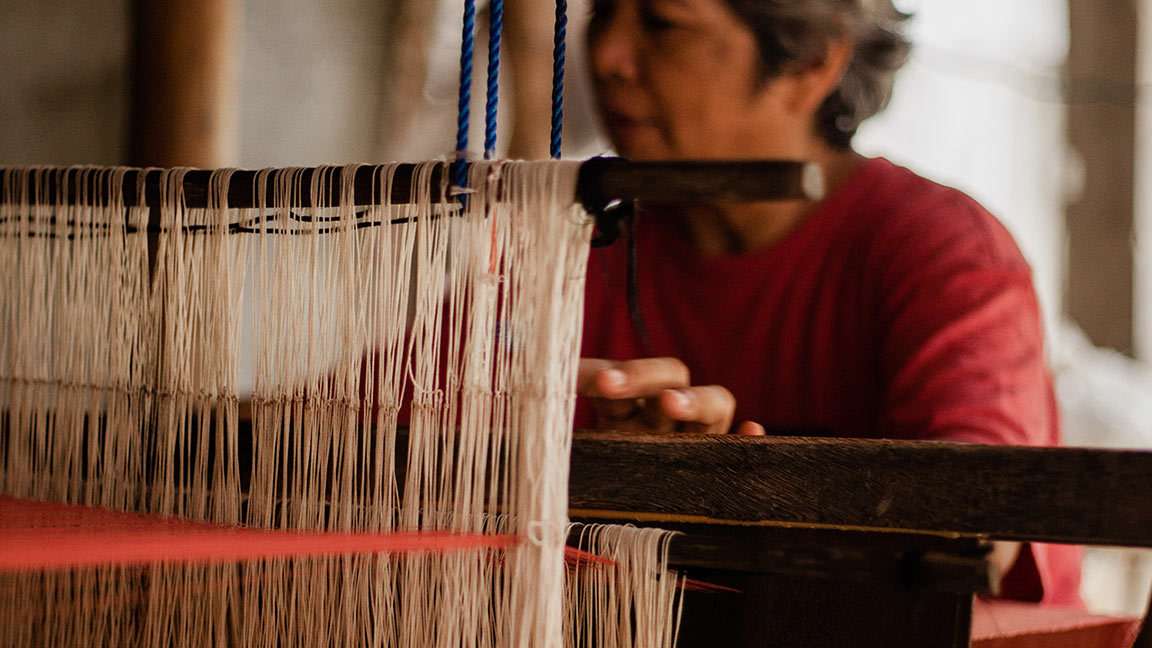POSTED Apr 06, 2022 - 03:03 PM
Know your weaves: A guide to identifying traditional local weaves
More and more local designers are using local weaves. It’s important to know what they stand for and where they came from
In a village in the province of Ifugao, a group of weavers has taken the initiative to revive the dying art of weaving. And all around the country, the same efforts have been blossoming in various provinces along with the revival of Philippine cotton. In the process, however, sacred textiles are finding their way into modern-day functions from bed covers to footwear.
Preserving and producing local weaves have become an integral part of the buy local movement. The use of handmade textiles from tribes across the country has become a major point of interest for MSMEs, fashion designers, and local fashion entrepreneurs.
Knowing the provenance of these weaves is important. Aside from giving credit to the people behind them, it’s also a sign of respect towards the heritage of these weaves.
There have been cases of cultural appropriation and intellectual property theft concerning our local weaves. In January 2021, counterfeit, machine-made Cordillera weaves were being imported from China and sold locally. Cultural appropriation in the form of misusing, mass producing, and replicating sacred fabrics in retail apparel has also been an issue.
These issues are important because weaving is a way of life and income for the communities that create them. There are potential business benefits in incorporation these weaves in contemporary fashion, but this must come from a place of respect and understanding.
With the help of HABI, The Philippine Textile Council, we identify indigenous textiles (as much as we could gather) that are making their way from pre-Hispanic period to contemporary fashion and design. Knowing our weaves is a way to respect the communities that make them and ensure that credit is being given where it’s due.
LUZON
Also known as binakel, binakael, or binakul (Ilocano for “twill”), this is a variation of the popular abel weave. Woven using pedal looms, its design is composed of interlocked geometric patterns, resulting in an optical illusion despite its flat surface. The psychedelic pattern represents the waves of the sea and protects against malevolent spirits by confusing them.
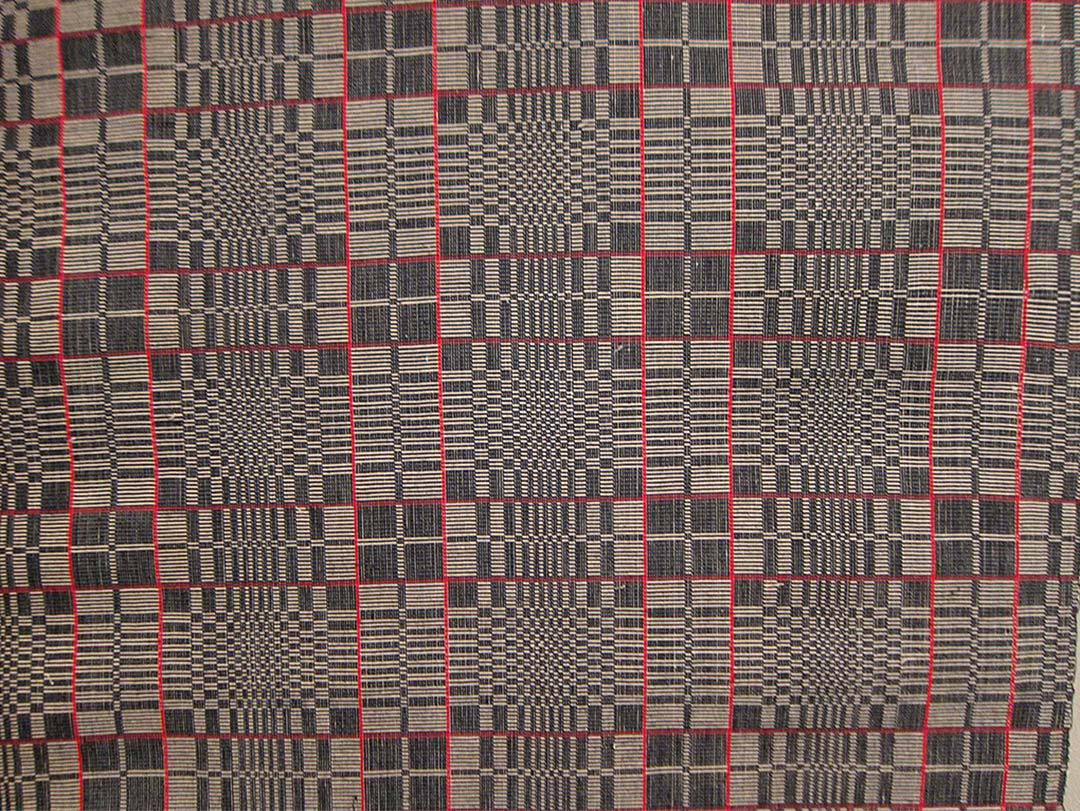
A type of binakul weave that means “chosen” and uses a complicated brocade weave where sticks are inserted on chosen warp (lengthwise) threads. These create designs that “float” on the threads, giving the weave a three-dimensional quality. Designs are mostly representative of nature and the environment.
A resist-dyeing technique that is applied to the cotton yarns prior to weaving the fabric. The yarn is wrapped in bundles and dyed, then the areas that are tied together leave colorless patches along the strands. Through the dyeing process, the design is already predetermined before being introduced to the loom; this can require painstaking effort to the untrained. A mix of indigenous plants is used as natural dyes and boiled until the desired color of black or gray is achieved. The ever-popular Kinuttiyan design is supposedly only woven for death rituals.
VISAYAS
Piña fabric comes from the fruit’s mature leaves that are scraped until only the fibers are left, washed, and cleaned of any plant material. These are then dried, spooled, and woven as itself or into other textiles. Piña fibers can be mixed with silk to produce piña seda or abaca, which becomes piña jusi.
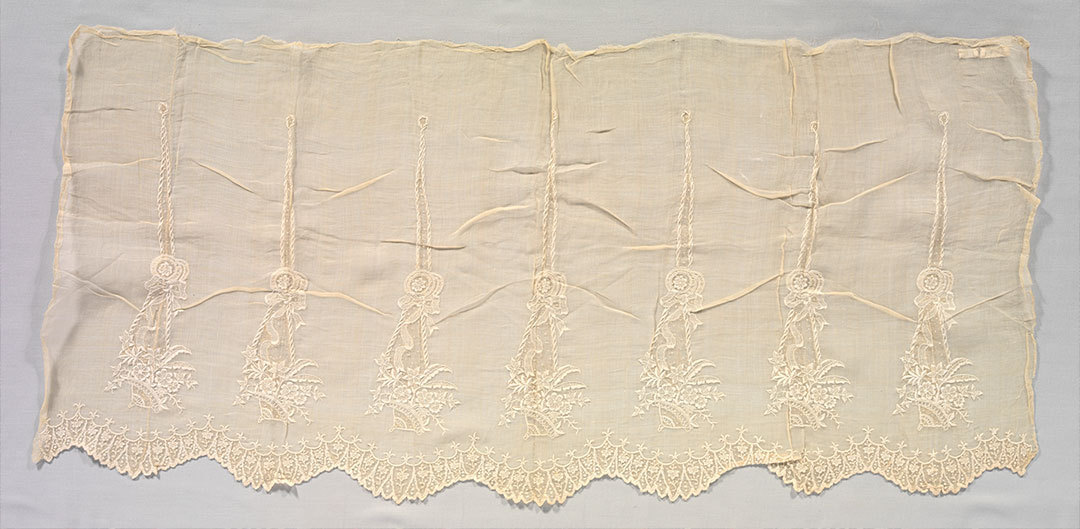
A type of hablon (Ilonggo term for woven material) that resembles the Mindanao malong because of its tubular style that allows it to be worn a number of ways. The weave is done by interlacing different colored threads through a wooden handloom called tiral or habulan locally. The weave comes in either a plaid or checked design.

MINDANAO
The Yakan community in Basilan has settled in Zamboanga to escape the conflict in their hometown. Their intricate weaving utilizes a back strap loom and features various designs that are representative of nature and Islamic sacred geometry.
The highest level of Yakan weaves, its format consists of repetitive patterns, mostly diamonds, meant to represent the continuity of the universe. However, the pattern is also said to have been inspired by python skin.
Peneh pitumpuh
Literally translating to “70 designs/patterns,” the weave was originally reserved for aristocrats and considered the most intricate. Only an expert can weave this tapestry, which includes all 70 designs within one meter of cloth featuring the kadjang (fairy wings) or kabba kabba (butterfly).
Sinaluan
Flaunts a striped pattern that represents bamboo stalks and nature. The traditional fabric is used as clothing, mostly pants, for men and women.
Saputangan
A square handkerchief used by women as a headdress and worn in different ways depending on the occasion.
The traditional rivals of the Yakans in Sulu, the Tausug tapestry weaves use a back strap loom and also feature sacred geometries in their designs. The Tausug follow the Islamic prohibition of representing human and animal forms; thus, the ukkil or abstract motifs in geometric shapes are suggestive of the natural world.
This multi-colored headdress is traditionally worn by men that features symmetrical geometric designs and represents the wearer’s rank in society. It can be draped over the shoulder or tied around the hilt of the kris (sword). The kambut, on the other hand, is a waist sash worn by men.
This article was originally published on Nolisoli.ph
For more information and news on home, furniture, lifestyle, and fashion accessories visit FAME+ (fameplus.com)
Read more
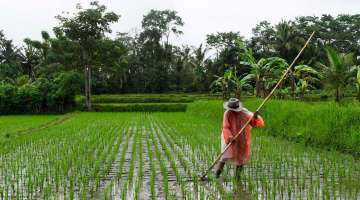
What is climate-smart agriculture and how will this help the Philippines?
Climate-smart agriculture isn’t a new concept for the Philippines. Here’s how this is being incorpor... Learn More
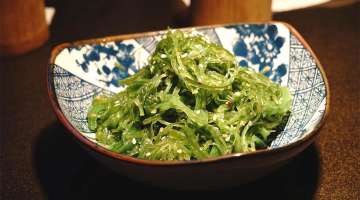
The essential role of seaweed in food security and sustainability
Coastal communities have turned to seaweed to sustain both ecosystems and local economies Learn More
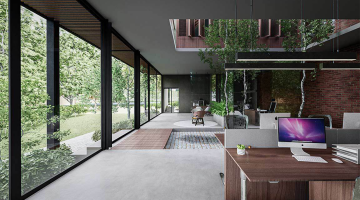
How to make offices more sustainable
Creating a sustainable office space doesn’t have to be complicated. Here are some factors to conside... Learn More
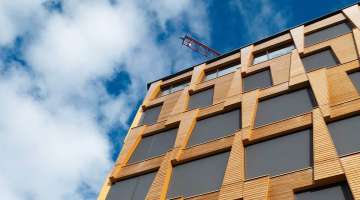
The era of timber buildings has begun in PH
Timber is making a comeback in the construction industry because of its stable strength, durability,... Learn More
